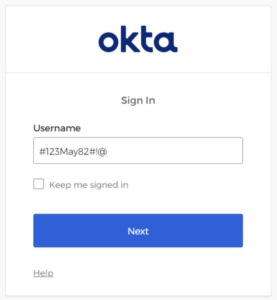Security | Threat Detection | Cyberattacks | DevSecOps | Compliance
Vulnerability
Code Intelligence Uncovers Expression Denial of Service Vulnerability in Spring - CVE-2023-20861
27 Most Notorious Hacks in History that Fall Under OWASP Top 10
Traffers and the growing threat against credentials
The Rising Threat of Traffers report, compiled by Outpost24’s Threat Intelligence team, KrakenLabs, provides a deep dive into the credential theft ecosystem, and encourages organizations to evaluate their security measures against these evolving threats. In recent years, the theft of credentials has evolved into a highly professionalized cybercriminal activity.
Avoiding mass assignment vulnerabilities in Node.js
Mass assignment is a vulnerability that allows attackers to exploit predictable record patterns and invoke illegal actions. Mass assignment usually occurs when properties are not filtered when binding client-provided data-to-data models. Vulnerabilities of this type allow an attacker to create additional objects in POST request payloads, allowing them to modify properties that should be immutable.
How Continuous Threat Hunting Addresses Potential Okta Password Exposure Via Failed Login Attempts
CVE-2023-21716: Microsoft Word RCE Vulnerability
In the February 2023 Patch Tuesday, Microsoft fixed a remote code execution vulnerability in Microsoft Word, tracked as CVE-2023-21716. The vulnerability is critical, having a CVSS score of 9.8 out of 10, and could allow an attacker to execute code with the same privileges as the victim through rich text format (RTF) documents.
Securing the web (forward)
We have grown to expect a reasonable level of privacy and security when we use services on the web and web-based applications. That’s because these services deal with every aspect of our daily lives — from money and finances, to how we interact with government services, to our education or the education of our children, to communicating with friends and family, to healthcare, to simply buying food to eat.











